All of the 2015 vintage was tasted out of barrel with each climat blindingly different – even after tasting 250 Chablis on our trip the jump up in quality was extraordinary.
“This stuff is as rare as rocking horse shit,” said the South African loading his four case allocation of Raveneau into the boot of my car.
As a rookie wine collector this was exciting stuff ten years ago. It almost felt illegal. Cases from four of Raveneau’s six different Premier Cru Chablis from the 2005 vintage, of which today there are just two bottles left of the Montée de Tonnerre. Despite Isabelle Raveneau advising me last November to drink these up they are still drinking well.
And what a pleasure it’s been to taste these wines through the years with that delicious creamy edge of youth giving way to greater complexity in time. Even today there is enough acidity to keep the wines alive. And these are the Premier Crus remember.
It was his approach to winemaking that set Francois Raveneau apart
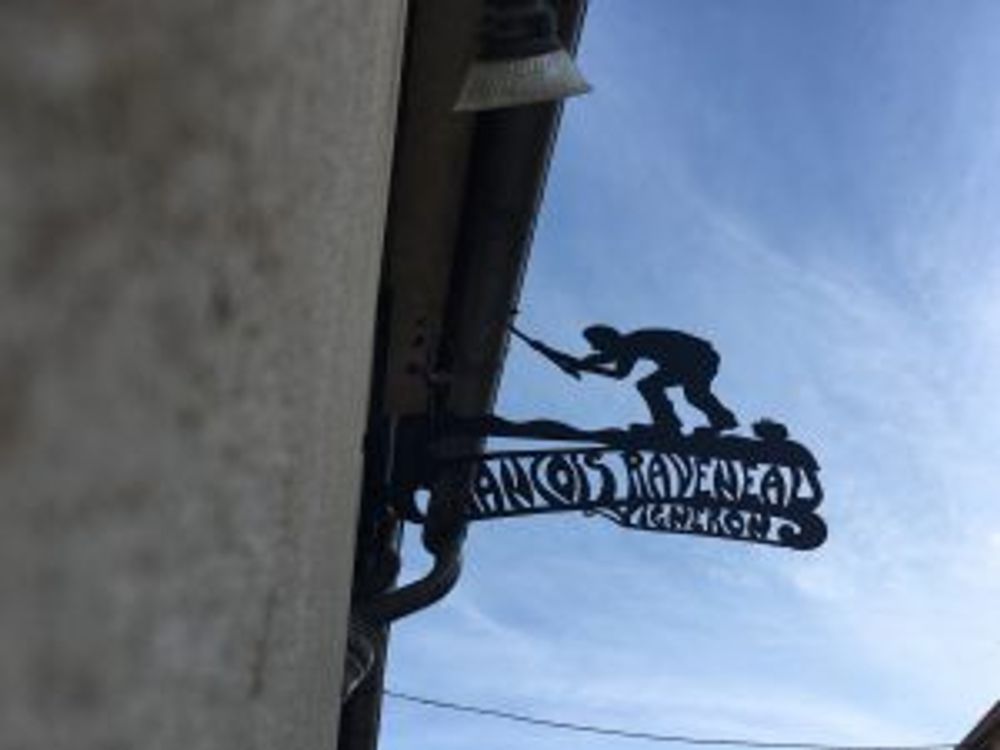
That famous sign at the domaine – like the opening title of a Tim Burton film
I have always been taken by Raveneau and Dauvissat, two of Chablis’ visionaries, joined in marriage two generations ago (presumably on account of them living about eight doors away from each other) and now still making the most sought-after wines in Chablis.
Quite apart from the exceptional expressiveness and quality of the wines themselves it is their approach to winemaking that I admire. When questioned recently about why they still release their wines at a comparatively low price they were both quoted as saying that it’s enough to keep their families gainfully employed. “It’s only wine”.
After the Second World War when there was a mass exodus from the region, winemakers like Raveneau and Dauvissat could see the potential of the region and from the winery’s founding in 1948 Francois Raveneau started buying up key parcels of land through the 1960s and 70s, some of the lieu dit which they have made ‘their own’ in terms of quality and reputation.
There is no question that many other winemakers in Chablis have benefitted from the resulting ‘halo’ effect, which doesn’t stop them harping on about Raveneau and Dauvissat releasing their wines at ‘too low’ a price – the grey market does do very well out of these wines. For example, if you could actually get hold of a bottle of Raveneau Les Clos 2014 it would set you back £700 ex tax. The 2005 Montée de Tonnerre I bought in 2007 cost me about £40 a bottle, the same wine is currently available for £187 ex tax.
Compared to comparable quality in the Cote D’Or, however, the wines are still a relative bargain, especially on release.
An attitude to winemaking passed down the generations
Today the winery is run by Francois’s sons Jean-Marie and Bernard Raveneau, the latter, an ex-negociant, joining the domaine in 1995 after his father’s retirement in 1988. When Francois died in 2000, Bernard’s daughter Isabelle joined the team, and it is she who greets us when we arrive, although that’s not something that would have happened in Francois’ time – Francois didn’t see winemaking as woman’s work, according to Isabelle.
“Grandfather never allowed women into the vineyard…vines are for the boys.”
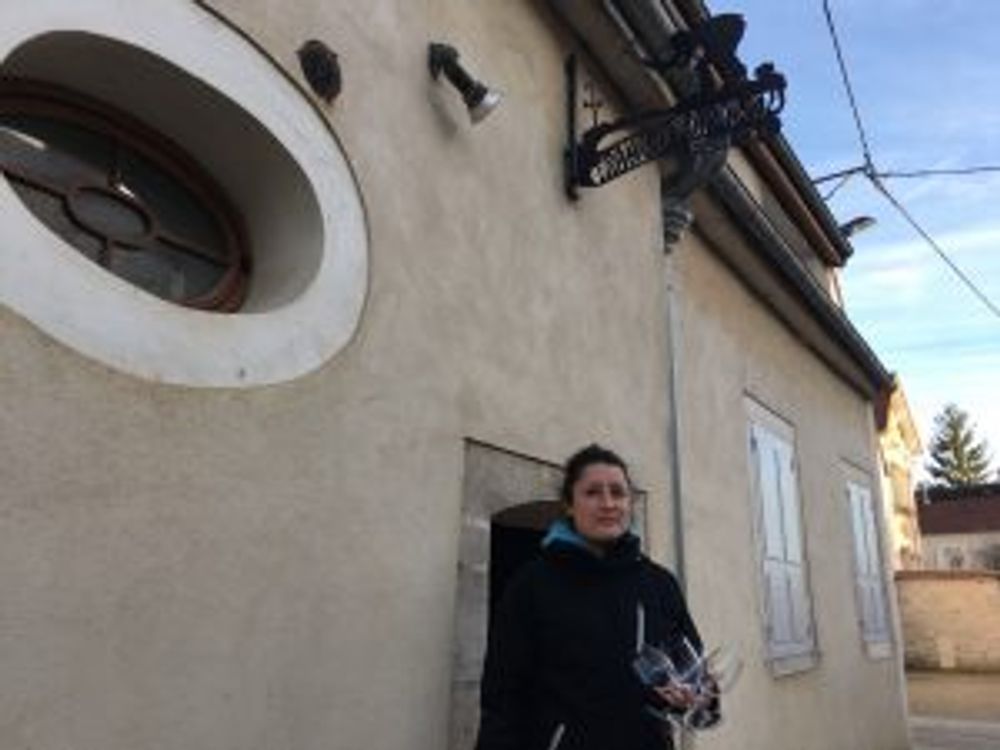
Isabelle Raveneau
Chablis is a small, attractive town of just 2,500 inhabitants where almost every address is either a winery, wine shop or something else associated with wine. Away from the smarter houses is Rue de Chichee, an unprepossessing residential street in the proletarian end of Chablis. You could almost be in a neighbourhood of Calais.
The famous, discreet iron sign on the side of the property is the only indication that behind these rather drab walls lies one of the world’s most revered winemakers. There’s no iron gates and sweeping drive here.
‘Francois Raveneau. Vigneron’
It says it all – ‘Vigneron’ and the image of a man undertaking back-breaking work. If Tim Burton made a film about Francois Raveneau this is the image he would have come up with, for the opening credits or movie poster.
“The secret is that there is no secret. It starts in the vineyard and then it’s just hard work,” says Isabelle Raveneau, almost matter-of-factly “producing the best quality grapes that you can have and being attentive to what you do. Winemaking is not that important if you have good products.”
And what good ‘products’ they are – the 2015 vintage
What was so striking was that after having tasted some 250 different Chablis over three days, and having visited a dozen properties, the Raveneau samples stood out a country mile from the previous wines tasted – just through their overall presence.
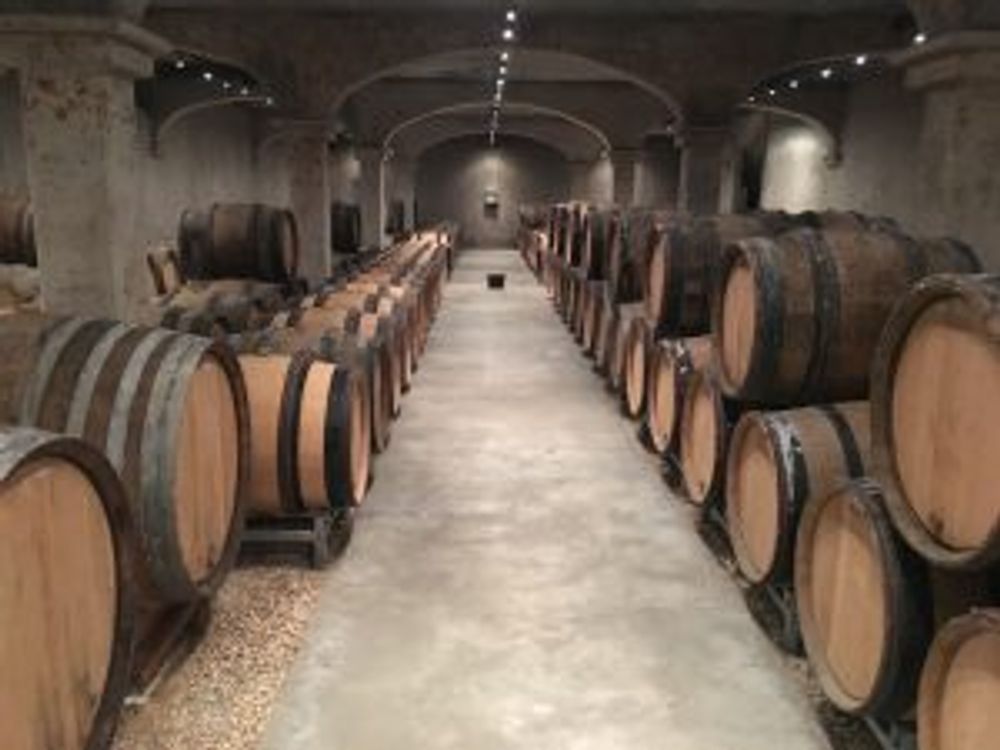
A stark but electrifying tasting – spot the spittoon!
That’s not to say that the other wines weren’t often very good indeed, many of them were magnificent, but these had an ‘otherness’ about them that’s hard to describe, a different, expressive quality that separates great wine from the truly exceptional.
And the differences between the different climats and lieu dits was huge.
When you are tasting one appellation after the other the differences between the wines are blindingly obvious in their fruit expression, phenolics, balance, acidity, texture, structure, mouthfeel, tension and so on.
It is as though each parcel of land is speaking directly to you through the wine.
The Chablis, made from just one hectare of 50 year old vines was open, fruity with racy acidity; beautifully made. The Fôrets from 25 year old vines was primary with greater texture and structure. Montmains had an extraordinary buttery quality and richness. Vaillons (my pick of the tasting) had great texture and presence in the mouth, a searing citrus acidity and incredible length all from being one of the first vineyards to be picked (“It makes the difference in a warm vintage”). Montée de Tonnerre much dumber than you’d expect after the big phenolics. Butteaux which was the most mineral with delicious buttery edges, texture and balance (“In a warm vintage such as 2015 it is more classic and not as rounded as the others”).
The three Grand Crus – Blanchot, Valmur and Les Clos – all felt more primary as you’d expect, like budded flowers that hadn’t yet shown their true colours. Blanchot, from 80 year old vines is a sunny plot and produces rich and rounded wines. It was big but had considerable acidity running through it. Valmur had massive acidity and minerality, great length and balance. Les Clos was stealthy and mouth-watering.
Having tasted through the range it was interesting that, despite the different profiles of each wine Isabelle still believed that that as a wine consumer and buyer you should always look at the producer first and appellation second.
“I would recommend that people look first at the producer they like and then the appellation and not the appellation first.”
There was a starkness and purity about the tasting, using a solitary metal bucket on the floor as a spittoon, with untasted wine tipped back into the barrel – the only Chablis property I visited that did this – which refelected the fact we were in Burgundy and also the still miniscule scale of Raveneau’s production. Even today Raveneau only produces about 3,500 cases of wine per year.
The humility of farmers with the talents of true artists
You couldn’t help feeling that scale is an issue here – the fact that Domaine Francois Raveneau is still under 10 hectares small and that it is only one of five estates that does everything by hand. Jean-Marie and Bernard focus all of their attention on the vineyards and not on the niceties of the wine business. They don’t have a website and probably will never have one.
Again, this is a family trait. All of the reputation of Raveneau’s wines developed from the on-trade. Until the 1980s very little of the wine found itself outside French restaurants, especially in the hands of private clients, primarily because Francois didn’t want his ‘natural’ wines to travel any great distance.
Kermit Lynch, who famously started the sea-change and started importing the wines into the US from the 1979 vintage, and from whom Raveneau’s international reputation started flourishing, sums it up well.
“The Brothers Raveneau are a dream team. They carry the family torch with pride, yet with a reserve, pragmatism, and humility that is more likely found among true farmers than the artists they are. There is no set division of labor between the brothers, just “all hands on deck,” as each one brings his own expertise to the mix.”
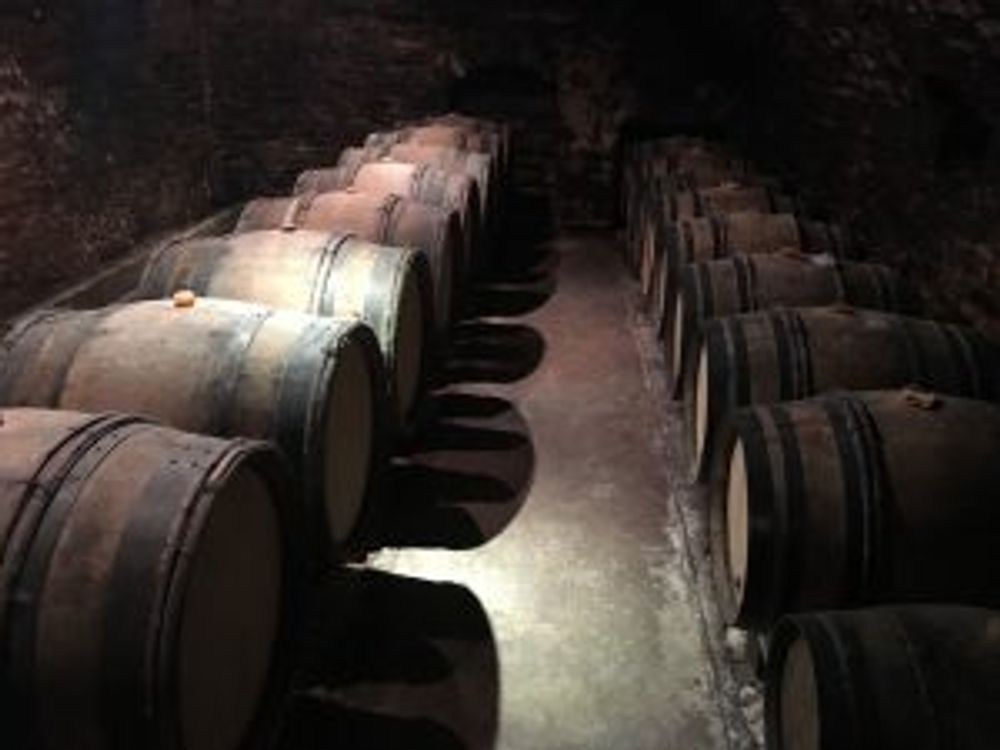
Some of Francois’ original barrels
One thing that has always singled Raveneau out was its use of Cote D’Or winemaking techniques – barrel fermentation and extended lees contact. They favour picking early to maintain the acidity of the grapes and then this is rounded out by 18 months ageing in small oak barrels called feuillettes.
“It has never been the idea to grow so quickly and buy more land, you have to keep control over what you do – nothing was rushed,” Isabelle adds.
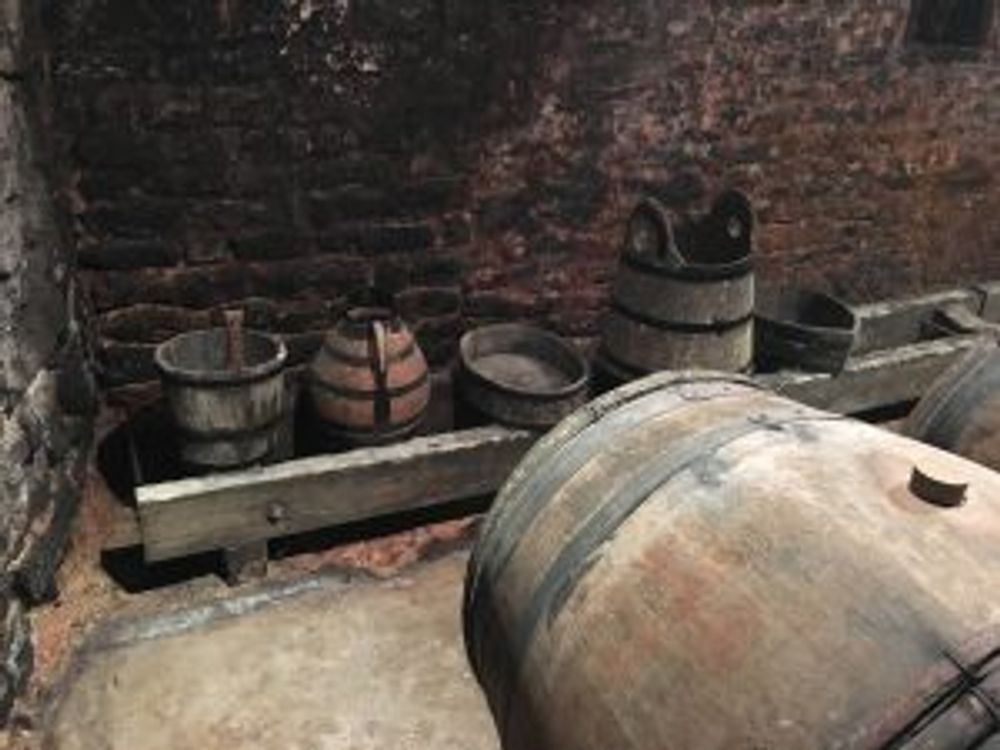
Original winemaking tools in the cellars
Talking with Isabelle about other producers in the region, different appellations and the success or otherwise of different vintages, Isabelle explained that where others may not have got first rate results but Raveneau did, it was often down to decisions made in the vineyard – them being the first to pick, for example.
Then, it is the consistency of the Raveneau wines that has always been one of their hallmarks.
I have always been a massive fan of Raveneau’s wines from the moment I stuck those cases into the back of my car all those years ago to now. In an era where ‘provenance’ is a term loosely bandied about, these are wines that could only come from one geographical region in the world and often from specific plots of land within that region. And it took an iconoclast such as Francois Raveneau to bring to this region a vision of pure simplicity and hard graft, that would release its true beauty and realise its full potential.
This article first appeared on The Buyer in July 2017









































